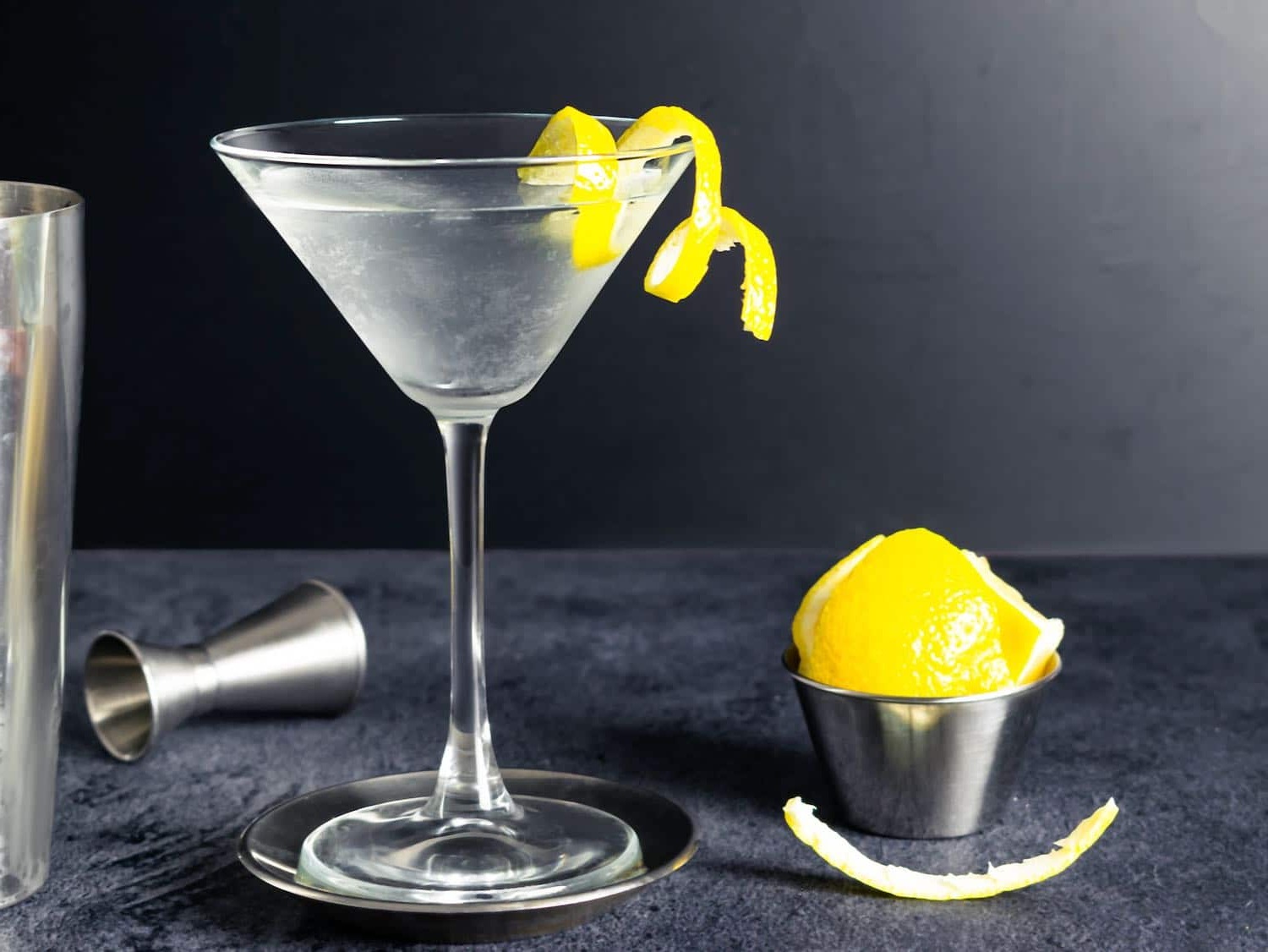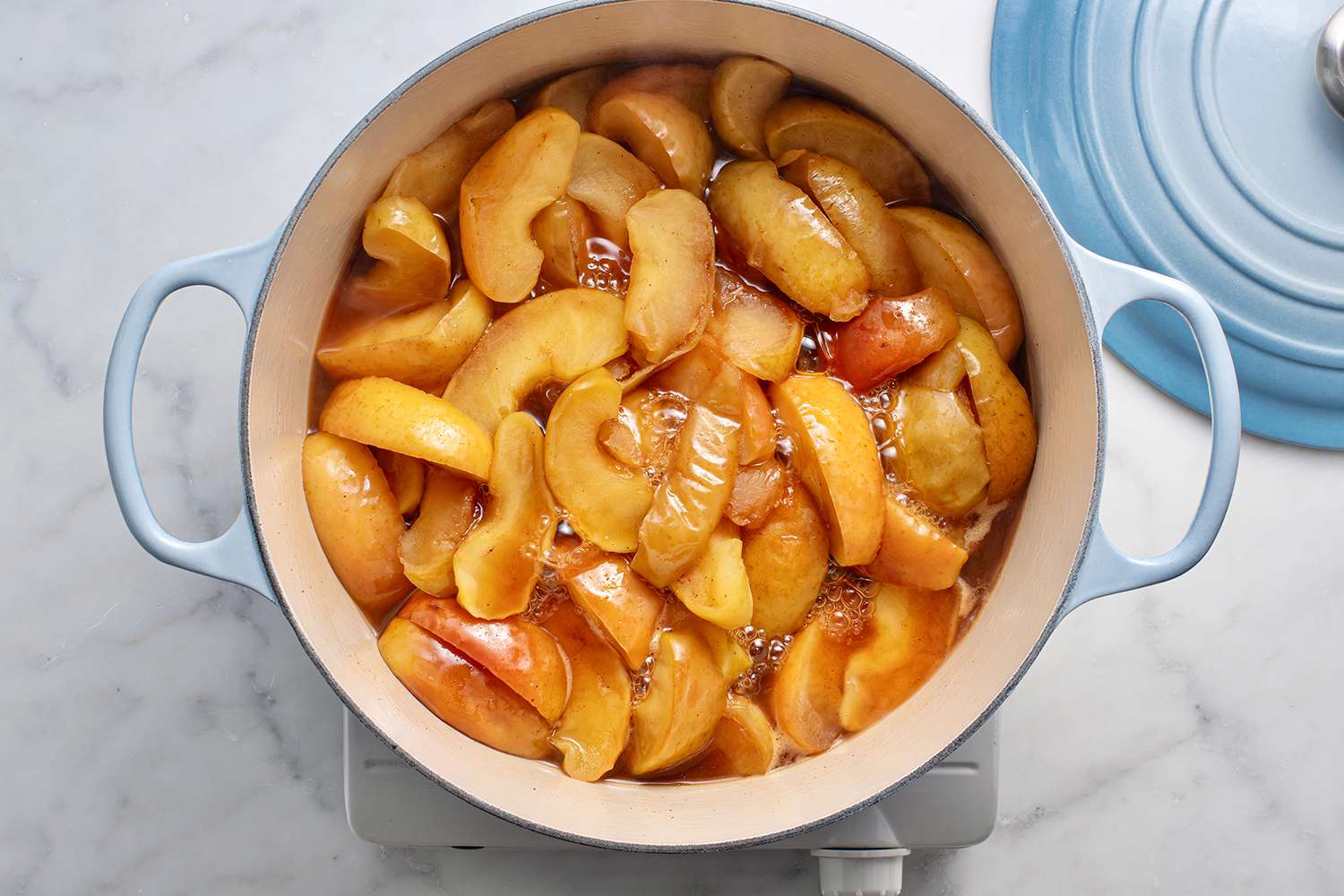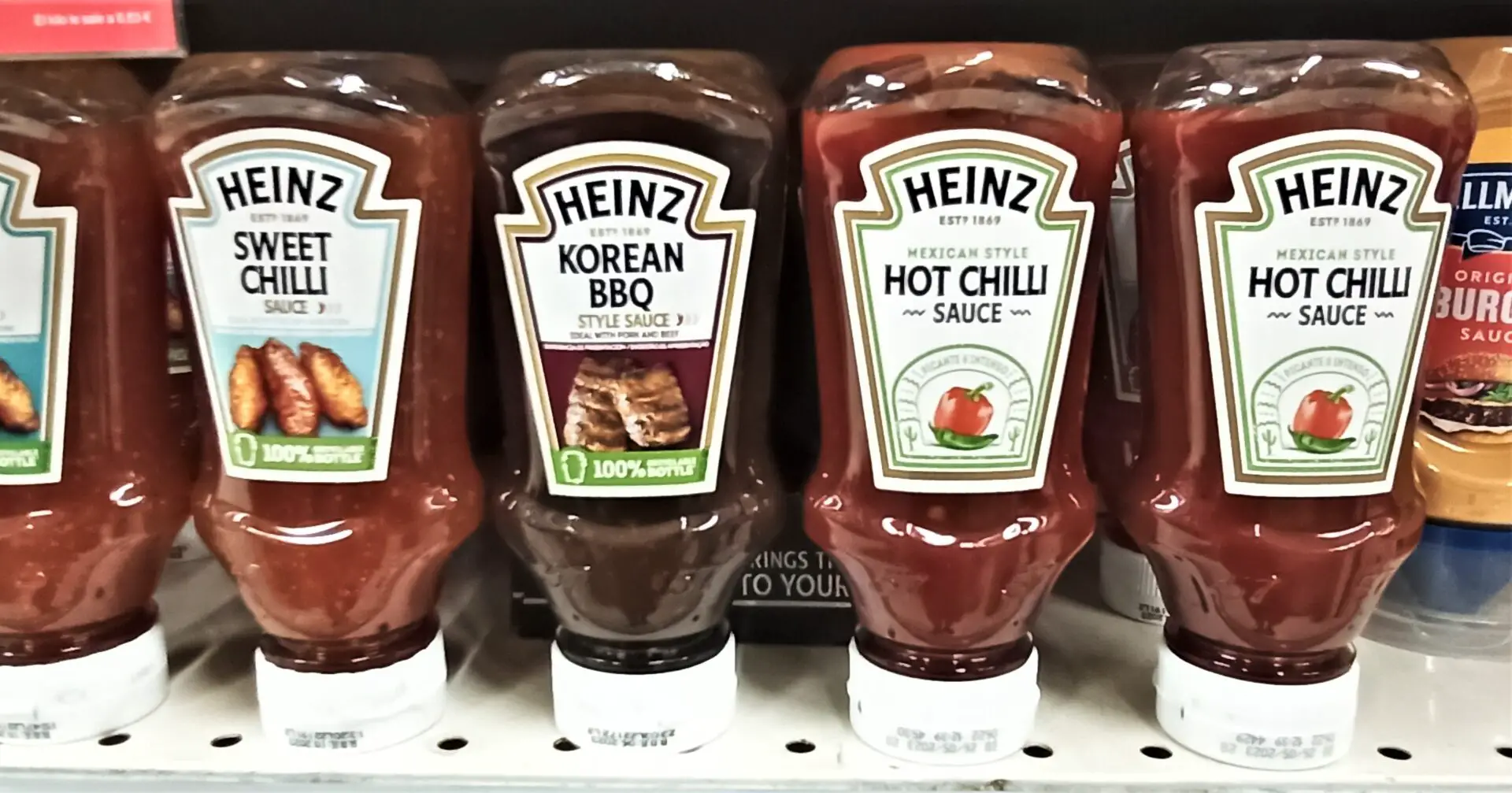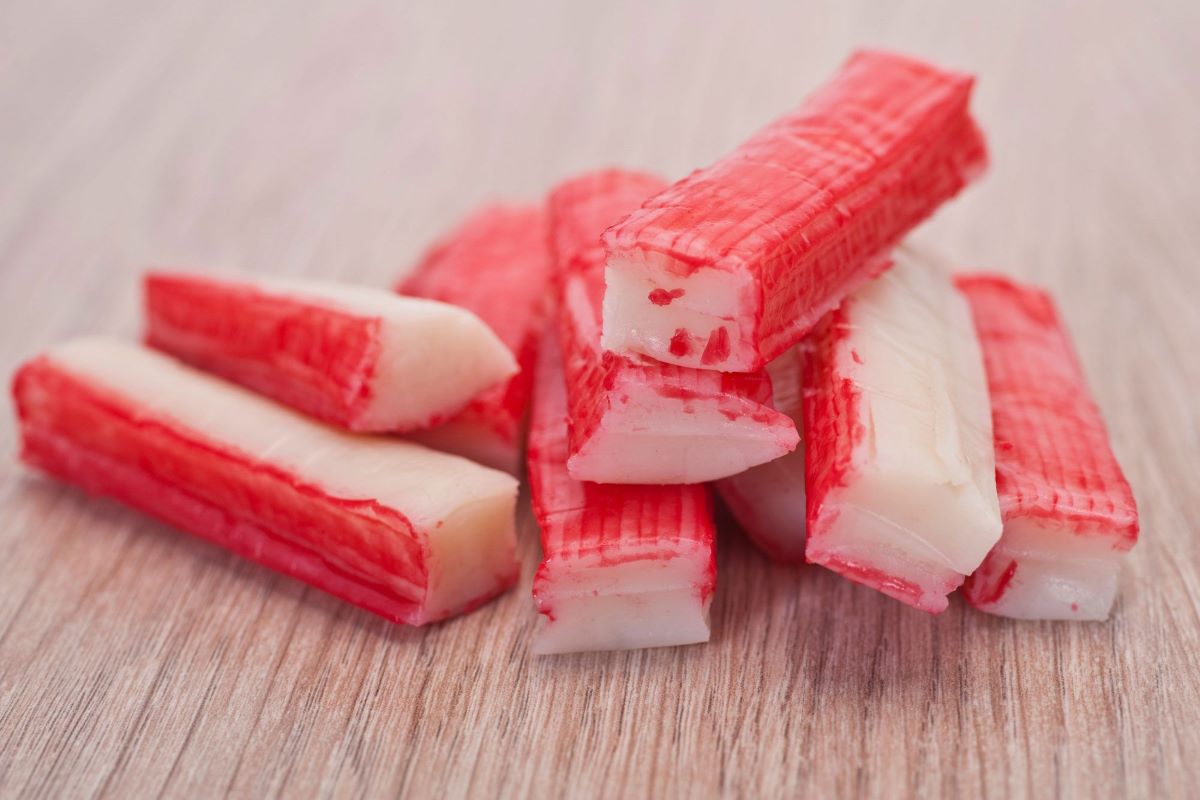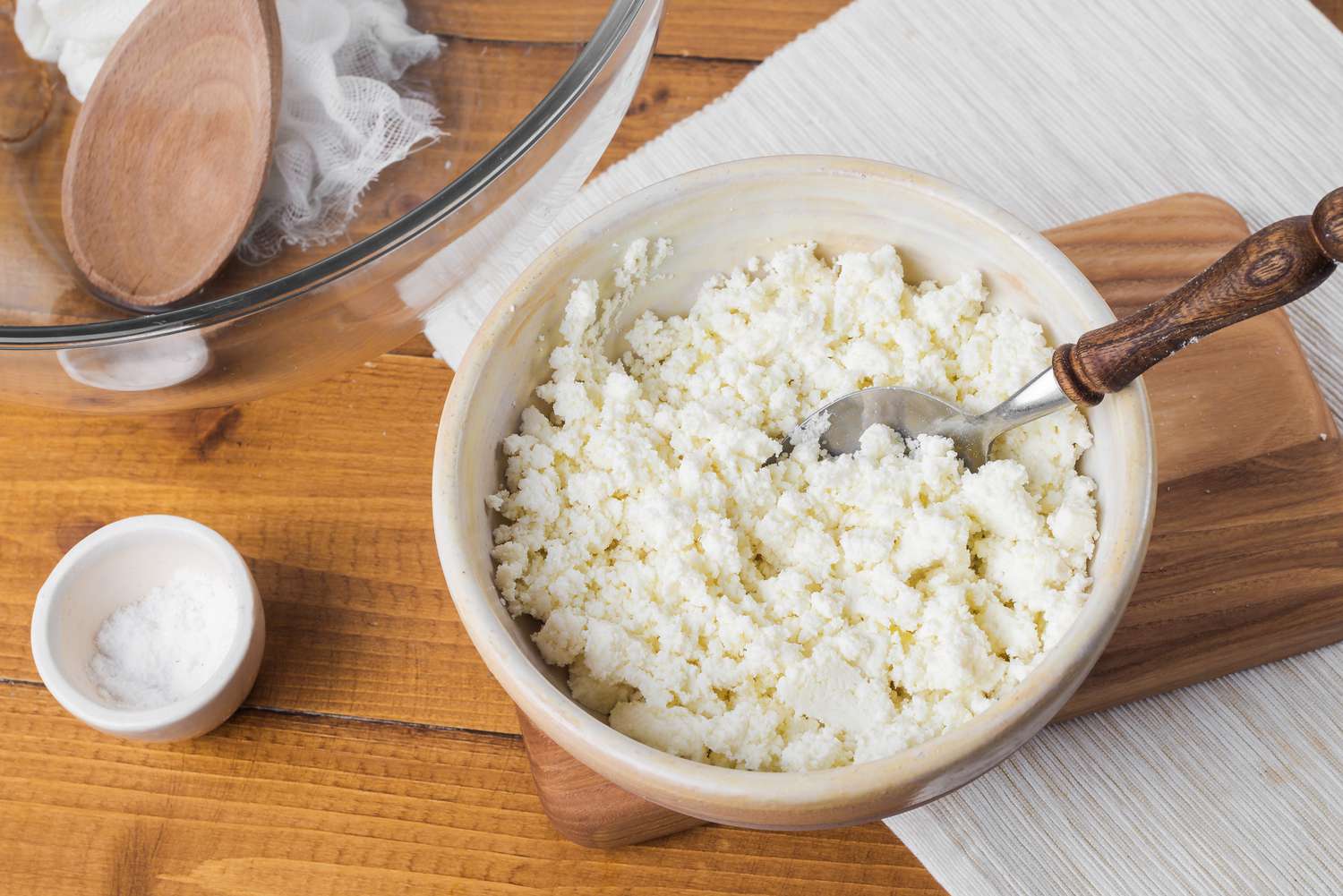Unveiling the Mystery of the Green Stuff in Lobster
Have you ever wondered about the green substance found in lobsters? It’s a common question among seafood enthusiasts, and today we’re going to delve into the mystery and uncover the truth about this peculiar phenomenon.
What Is It?
The green stuff in lobsters is actually the hepatopancreas, a gland that serves as the lobster’s liver and pancreas. This organ is responsible for filtering waste from the lobster’s blood and aiding in digestion. When cooked, the hepatopancreas turns green and is often referred to as “tomalley.”
Is It Safe to Eat?
Many people are hesitant to consume the green substance found in lobsters, but it is actually considered a delicacy in some cultures. While it is safe to eat in moderation, it’s important to be cautious about consuming large quantities due to potential contaminants that the hepatopancreas may filter from the lobster’s system.
Flavor and Uses
Despite its unusual appearance, tomalley is prized for its rich, briny flavor. It is often used in culinary preparations to add depth and complexity to dishes. In some regions, it is incorporated into sauces, soups, and seafood stews, where its distinctive taste shines through.
Health Considerations
While tomalley can be enjoyed as part of a balanced diet, it’s essential to be mindful of potential health risks associated with consuming it. As with any food, moderation is key, and individuals with shellfish allergies should avoid tomalley altogether to prevent adverse reactions.
How to Enjoy It
If you’re feeling adventurous and want to try tomalley, consider incorporating it into a seafood pasta dish, using it as a flavoring for stocks and broths, or spreading it on crusty bread for a unique and savory treat. Its intense flavor pairs well with garlic, lemon, and fresh herbs, making it a versatile ingredient in the kitchen.
Conclusion
The green stuff in lobster, known as tomalley, is a fascinating aspect of this beloved crustacean. While it may seem unusual at first glance, it offers a distinct flavor and culinary potential for those willing to explore its uses. Whether you choose to indulge in tomalley or prefer to stick to the more traditional parts of the lobster, understanding its nature adds a new layer of appreciation for this delectable seafood.
